What you need to know about Wisconsin's 2022 midterm elections
'Here & Now' has closely followed candidates and issues leading up to the Nov. 8 vote — explore reporting about the state's political conditions and movement since the primary.
By Kristian Knutsen | Here & Now
November 8, 2022
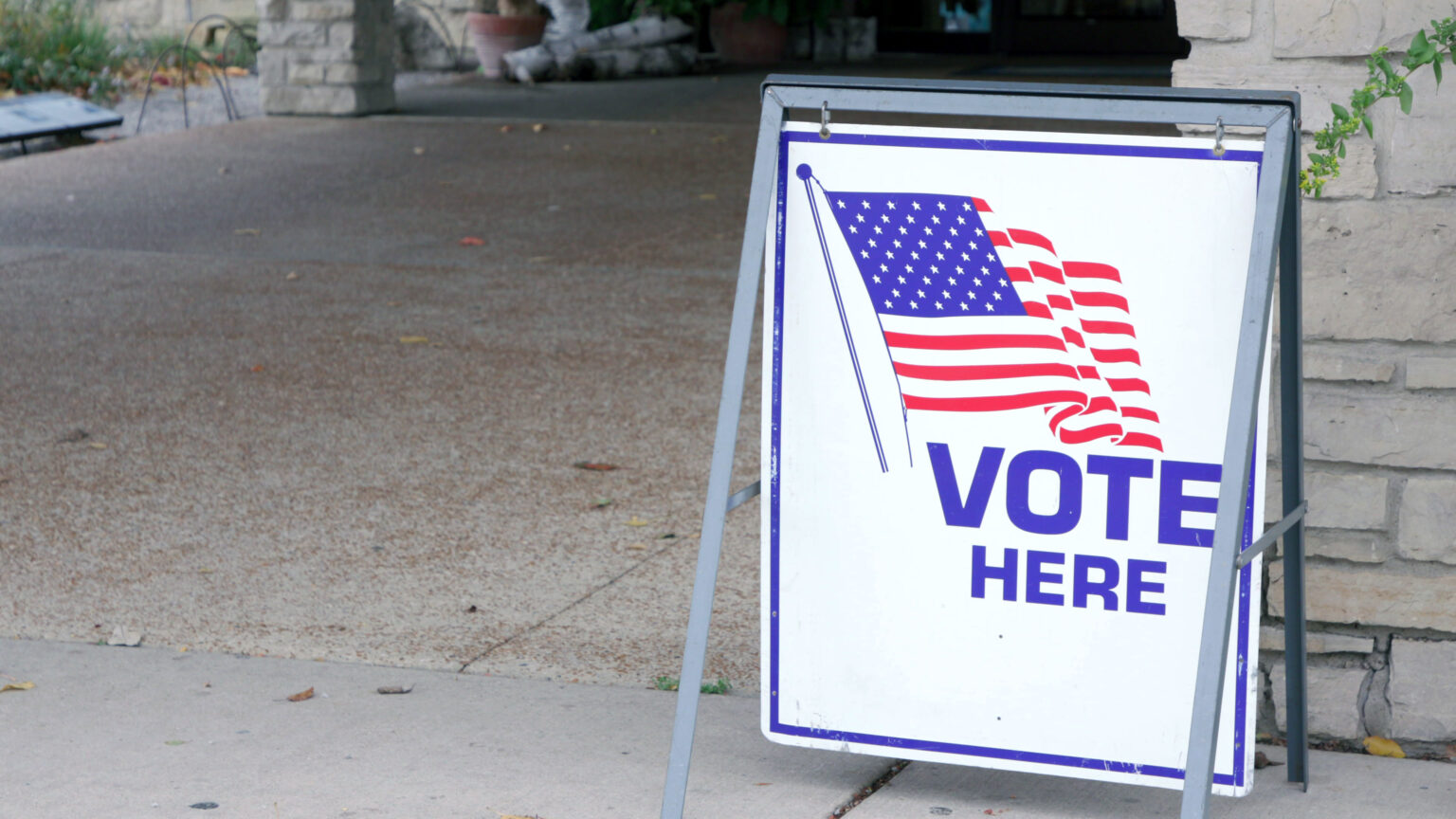
(Credit: PBS Wisconsin)
The 2022 midterm elections have shaped up to be yet another close and contentious political contest in Wisconsin. Here & Now 2022 has followed the issues, candidates and campaigns that have stood out in the final three months of the race, from the partisan primary on Aug. 9 to the eve of Election Day. To learn more, explore “Here & Now” reporting along with items from partners at Milwaukee PBS and PBS NewsHour about the 2022 election.
The race for a U.S. Senate seat is the highest-profile race in the state at the national level, and its outcome will be a factor in determining control of this chamber of Congress. Republican incumbent Ron Johnson, who was first elected in 2010 and is seeking a third term in the seat, is facing Democratic challenger Mandela Barnes, who was elected to the office of lieutenant governor in 2018 and previously served in the state Assembly.
- Ron Johnson, Mandela Barnes and Wisconsin’s 2022 Senate race
- Mandela Barnes on inflation, abortion and running for Senate
- Ron Johnson on inflation, abortion and running for Senate
- Ron Johnson, Mandela Barnes clash on issues, hit talking points in first 2022 debate
- McCoshen & Ross on the Ron Johnson and Mandela Barnes debate
- Wisconsin’s Senate race could determine control of Congress
The race for governor is the topline statewide race that has become the most expensive political campaign in Wisconsin’s history. Its outcome will determine whether the past four years of divided government will continue, or whether the statehouse will return to complete Republican control. Democratic incumbent Tony Evers, a former state superintendent who was elected in 2018 and is seeking a second term in the seat, is facing Republican challenger Tim Michels, who previously ran in a U.S. Senate primary in 2004. Several issues have been central to this race, including education, abortion and the relationship between the governor’s office and state Legislature.
- Evers, Michels and culture wars over education in Wisconsin
- The politics of Wisconsin’s teacher shortage in 2022
- The significance of abortion in Wisconsin’s 2022 election
- Jessa Michie on abortion activism after Dobbs v. Jackson
- Gracie Skogman on abortion activism after Dobbs v. Jackson
- Tony Evers, Tim Michels tout their platforms in one-off 2022 gubernatorial debate
- Farrow & Roys on the Tony Evers and Tim Michels debate
- Fast Facts: A supermajority in the Wisconsin Legislature?
- Shawn Johnson on Republican bills, Evers vetoes and 2023
The candidates for governor are accompanied on the ballot by their running mate. Sara Rodriguez, who was elected to the state Assembly in a suburban Milwaukee district in 2020, is the Democratic candidate. Roger Roth, who was first elected to the state Senate in a Fox Valley district in 2014 and served two terms as president of that chamber, is the Republican candidate.
Another high-profile statewide race is for the office of attorney general. Democratic incumbent Josh Kaul, who was elected to the seat in 2018 and is seeking a second term in the seat, is facing Republican challenger Eric Toney, who has served as Fond du Lac County District Attorney since 2013. Crime and abortion are among the major issues in this race.
- Josh Kaul, Eric Toney and Wisconsin’s 2022 AG race
- Josh Kaul on public safety and the attorney general office
- Eric Toney on public safety and the attorney general office
- 2022 AG candidates spar over expanding prosecution authority
- What Eric Toney said about district attorneys and prosecuting abortion cases
One race that has typically been lower in profile but has attracted more interest in 2022 is for secretary of state, one office that has few official powers but is at the center of new Republican interest in changing how elections are administered. Democratic incumbent Doug La Follette, who has served in the seat for more than four decades, is facing Republican challenger Amy Loudenbeck, a state representative who was first elected to the Assembly in 2010.
- Secretary of State candidate Doug La Follette on his 2022 campaign
- Rep. Amy Loudenbeck on her 2022 secretary of state campaign
The statewide race for state treasurer in Wisconsin remains very low in profile. This seat is open, with the Republican candidate John Leiber, a lawyer based in the Madison area, facing the Democratic candidate Aaron Richardson, the mayor of the Madison suburb of Fitchburg.
Most of the races for Wisconsin’s eight seats in the U.S. House of Representatives are not competitive, and there is one that is even uncontested. However, the race for the 3rd Congressional District, which covers swaths of western and central portions of the state, has attracted significant attention. The long-time Democratic incumbent, Rep. Ron Kind, is retiring at the end of the term, leaving this seat open. Running in the race are the Democratic candidate state Sen. Brad Pfaff, who was elected to a state Senate district in 2020, and the Republican candidate Derrick Van Orden, who ran for the same seat in 2020 and was narrowly defeated.
- How nationalized politics shape the vote in Wisconsin’s 3rd Congressional District
- Anthony Chergosky on Wisconsin’s 3rd Congressional District
- Pfaff, Van Orden and Wisconsin’s 3rd Congressional District
- Van Orden holds polling, fundraising advantage over Pfaff in Wisconsin’s 3rd Congressional District
- Anthony Chergosky on Pfaff, Van Orden and the 3rd District
Three months have passed since the partisan primary on Aug. 9, which marked the start of the final stretch of the 2022 midterm election cycle. That vote helped establish the contours of the general election, and polling has shown that Wisconsin’s highest profile races are close, a familiar situation in the state.
- McCoshen & Ross on Wisconsin’s 2022 primary election winners
- Charles Franklin on Wisconsin’s 2022 candidates and issues
- Close, contrary primary votes illustrate 2022 rifts among Wisconsin Republicans
- Charles Franklin on crime, abortion and student debt polling
- Milwaukee socialists mark a return to prominence in Wisconsin politics
- Charles Franklin on tight polling in Wisconsin’s 2022 races
As candidates have sought to build interest in their campaigns, the administration of elections in Wisconsin itself has been at the forefront of state and national politics since the 2020 presidential vote.
- Meaghan Wolfe on preparing for Wisconsin’s 2022 fall election
- Scott McDonell on pressures election officials face in 2022
- Wisconsin Republicans still fixated on 2020 election in 2022
- Rachel Rodriguez on mistrust of Wisconsin’s election process
- Rohn Bishop on 2020 and Wisconsin’s Republican electorate
- Paul Farrow on Wisconsin voters and 2022 election security
- Ben Wikler on Wisconsin voters and 2022 election security
- Poll workers get active shooter training before Election Day
- Michael Wagner on fights over facts before the 2022 election
Wisconsin’s electorate is continuously shifting and candidates are always maneuvering to adapt, but the pace of change and increasingly diverse voters are attracting more interest among campaigns, particularly in the state’s largest population center of Milwaukee and its suburbs.
- Black votes matter: BLOC’s organizing in southeast Wisconsin
- Paru Shah on recent Black voter turnout in Wisconsin
- Why Hispanic voters are a focus in Wisconsin’s 2022 election
- Benjamin Marquez on partisan leanings of Hispanic voters
- John Eason on the role of race in Wisconsin’s 2022 election
- How the Milwaukee metro’s electorate is shifting in 2022
The 2022 election has more registered voters than any previous midterm election in Wisconsin, and turnout is on track to be comparatively high for a non-presidential year.
- What Wisconsin’s voter registration numbers say about 2022 election turnout
- How Wisconsin’s voter registrations stood five weeks out from the 2022 election
- Wisconsin’s 2022 voter registrations up from 2018, absentee ballots down from 2020
Every election brings a new cohort of young votes, and high school students in Appleton, Black River Falls, Minocqua and Wauwatosa shared their thoughts on issues related to their civic aspirations and the 2022 election in collaboration with PBS Wisconsin Education and PBS NewsHour Student Reporting Labs.
- First-time Wisconsin voters on their hopes for the country’s future
- Wisconsin high schoolers share 2022 issues important to them
- Wisconsin high schoolers share their school safety concerns
- Wisconsin high schools share thoughts on the right to vote
Election Day is on Nov. 8, with polls in Wisconsin opening at 7 a.m. and closing at 8 p.m. More information about candidates and races, the basics of voting, and election results as they are updated can be found at Wisconsin Vote.
 Passport
Passport




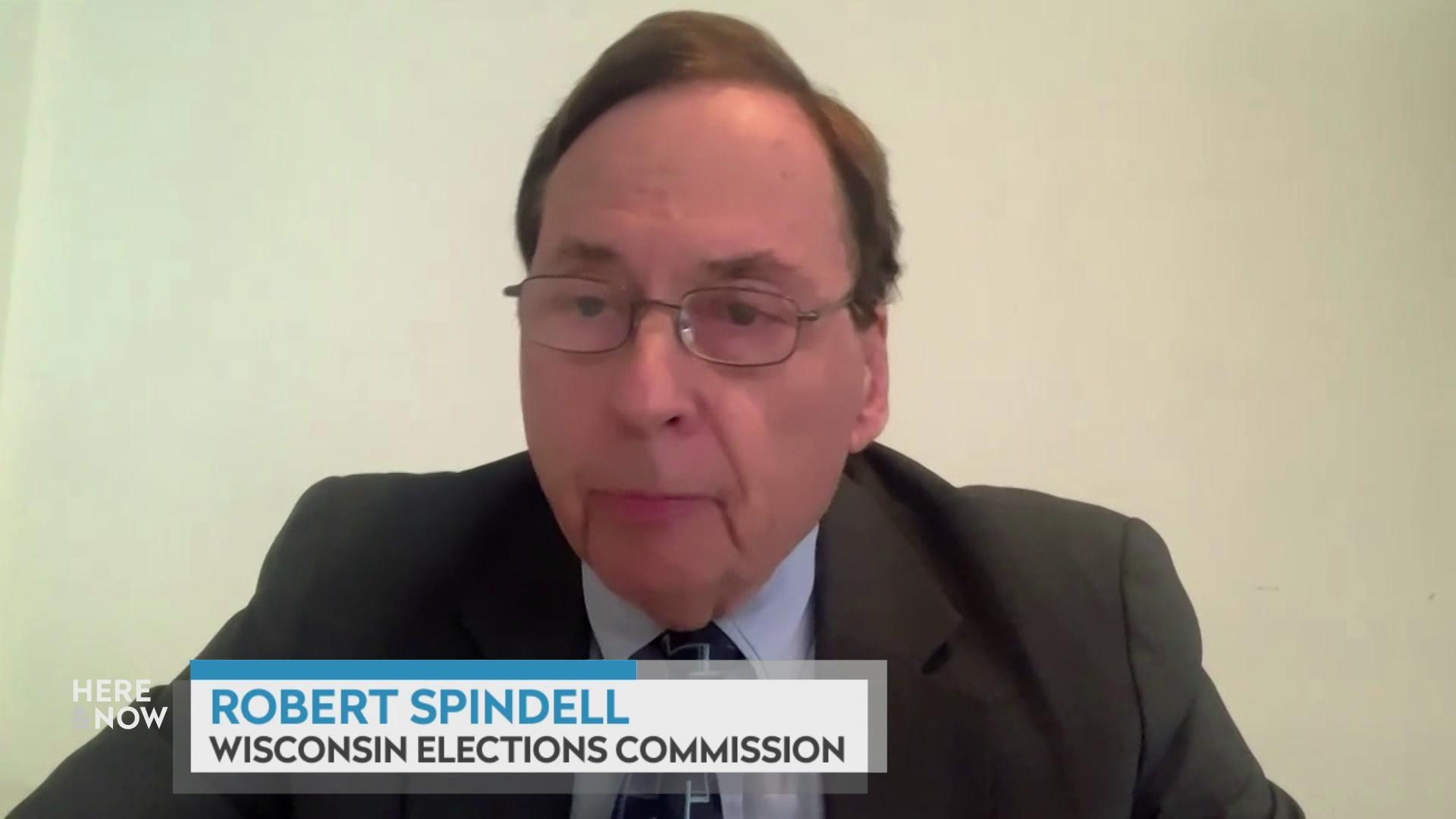
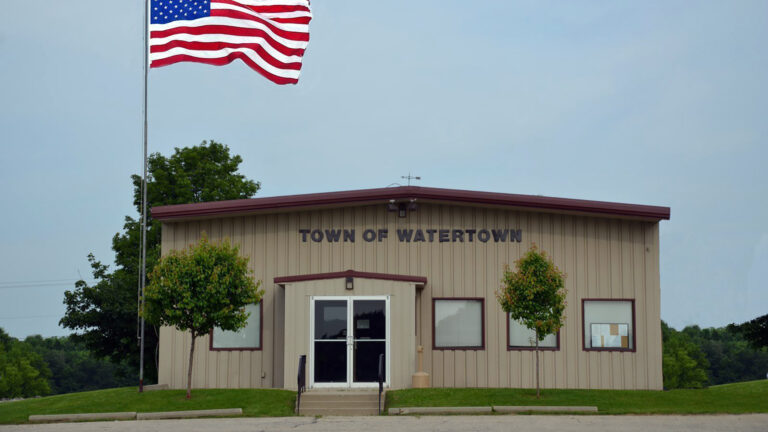
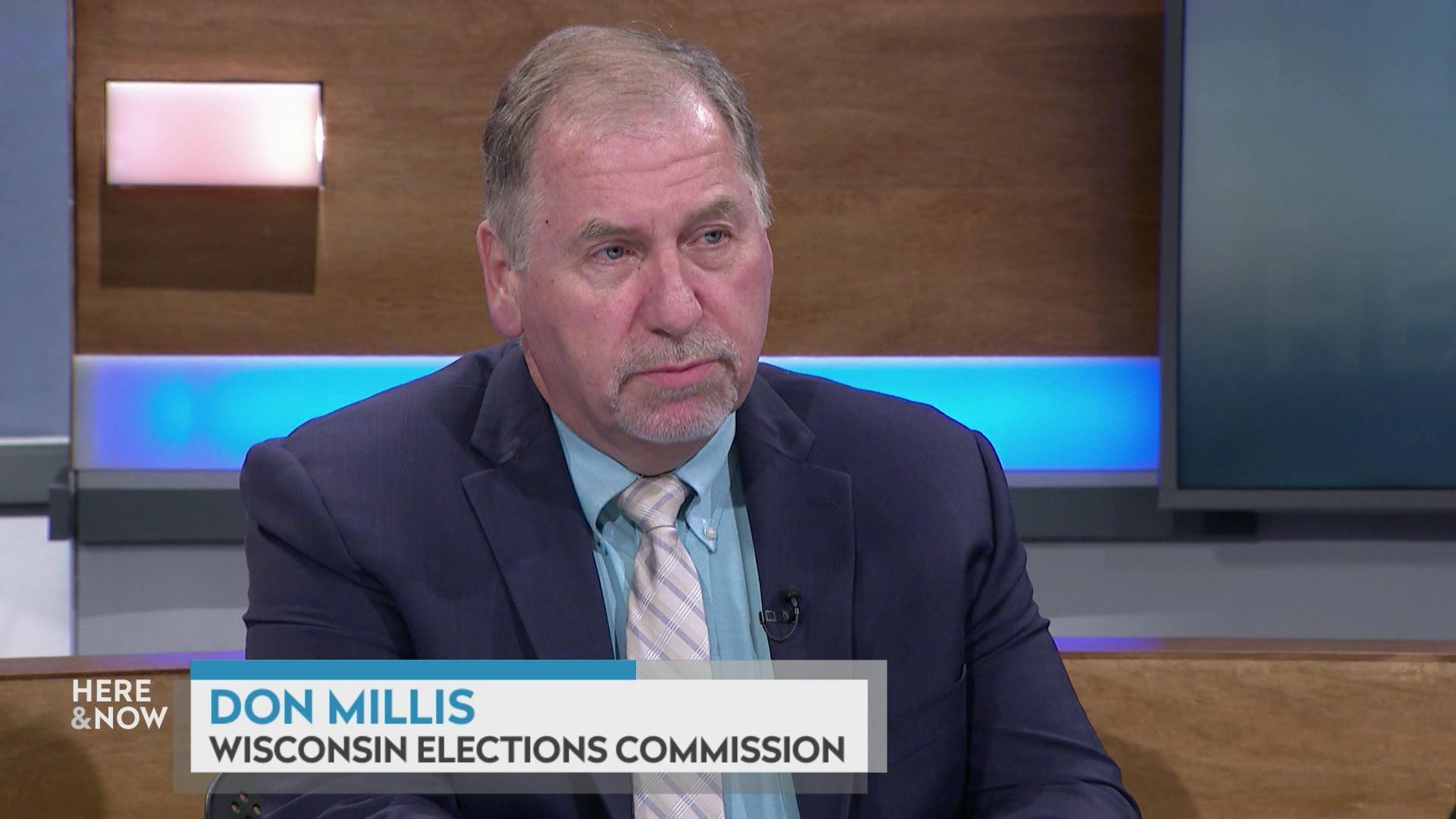
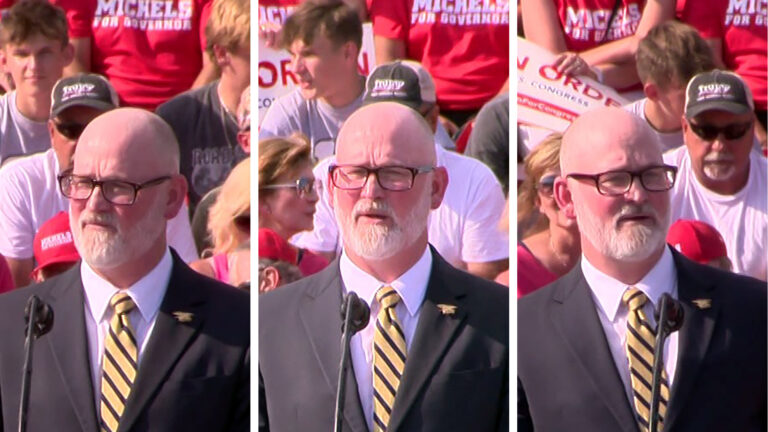
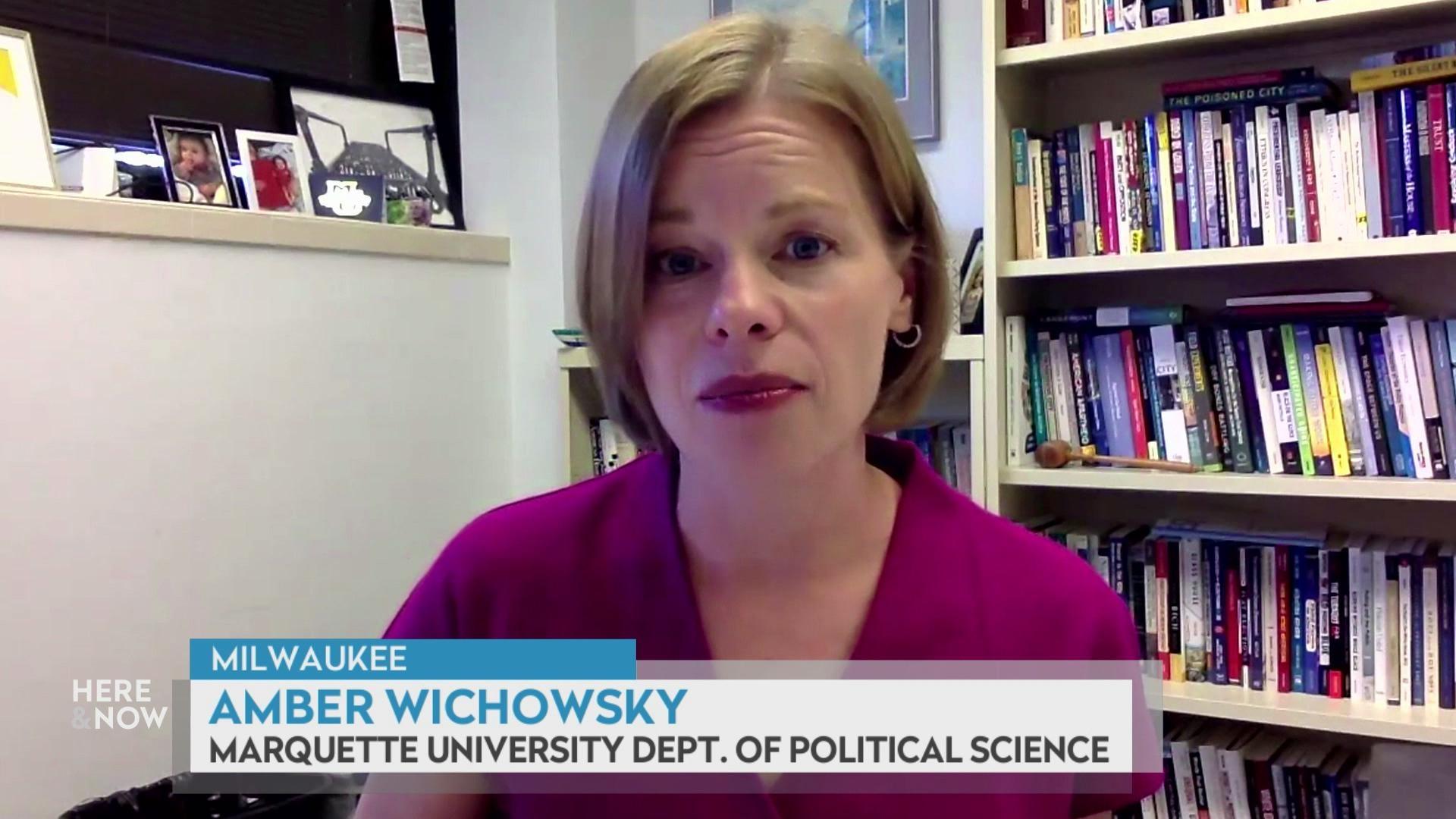
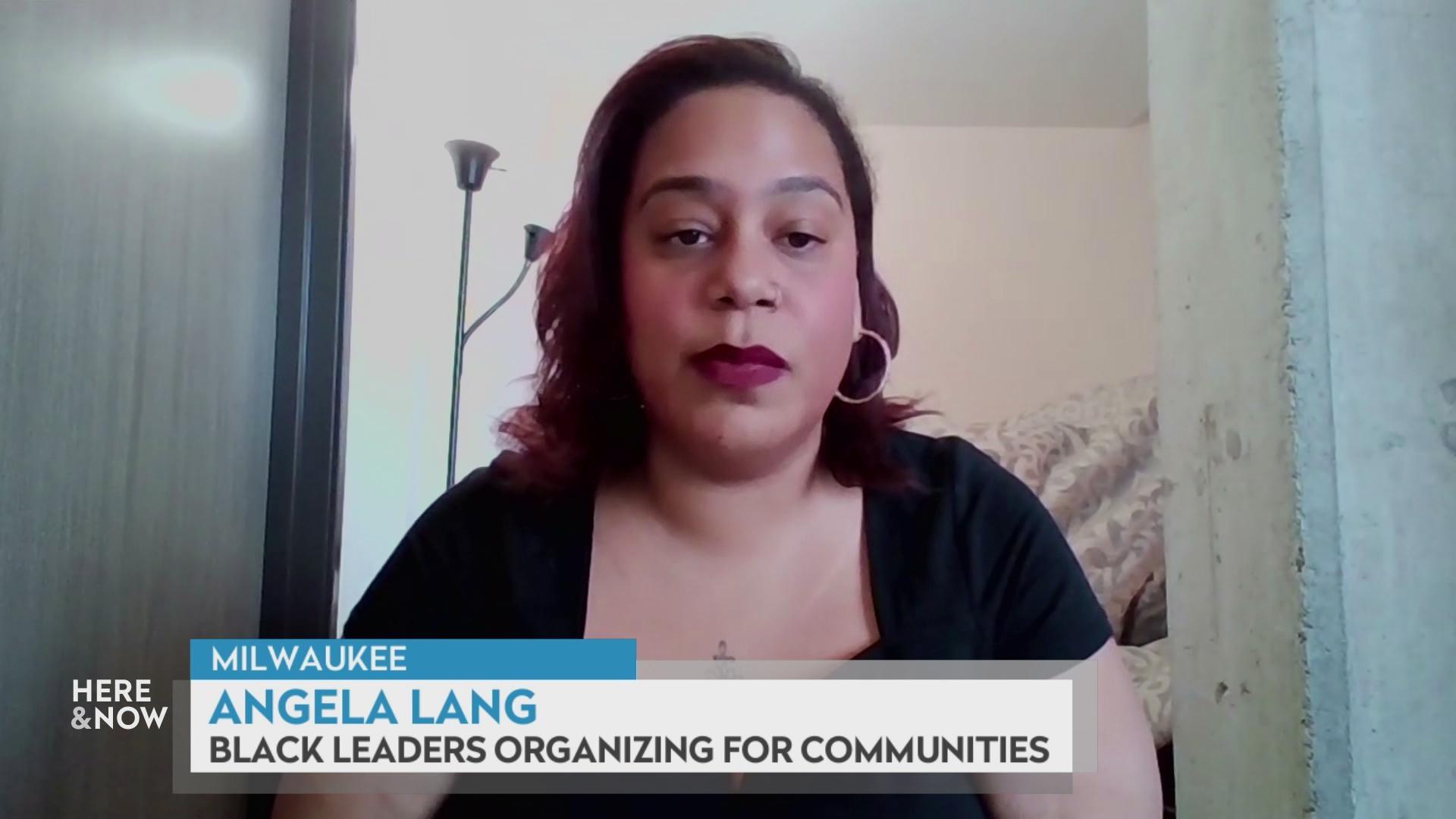

Follow Us